Coriander seeds, also known as dhaniya in Indian cuisine, are the dried fruits of the Coriandrum sativum plant. These tiny powerhouses are staples in spice cabinets worldwide—from Indian kitchens to Mediterranean stews. But what exactly makes them so special? In this article, we'll explore everything you need to know about coriander seeds, from their flavor profile to how to use them like a pro.
Table of Contents
- What Are Coriander Seeds?
- The Flavor Profile of Coriander Seeds
- Creative Ways to Use Coriander Seeds
- To Roast or Not to Roast?
- Buying Guide: How to Choose the Best Coriander Seeds
- Storage Tips for Maximum Freshness
- Coriander vs. Cumin: A Spicy Showdown
- Frequently Asked Questions About Coriander Seeds
- Final Thoughts: Why You Should Never Skip Coriander Seeds
What Are Coriander Seeds?
Coriander seeds (dhaniya) are the dried fruits of the Coriandrum sativum plant—yes, they're technically seeds, not herbs, even though the fresh leaves (cilantro) are widely used in cooking. These round, light brown seeds have been used for thousands of years across Asia, the Middle East, and Europe, both in food and traditional medicine.
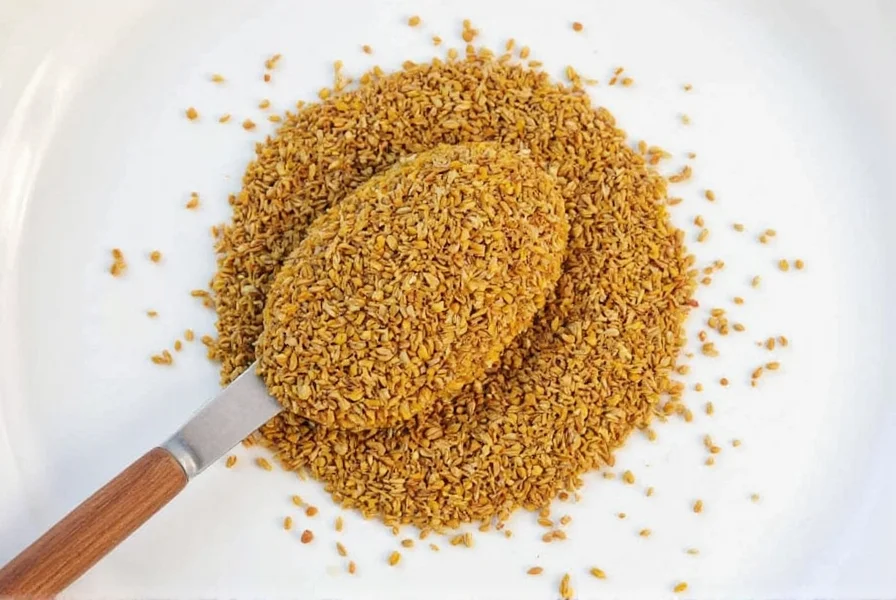
Cultivated mainly in regions like India, Morocco, and Eastern Europe, coriander seeds are harvested when the plant turns brown and begins to dry out. Once cleaned and dried, they can be used whole or ground into powder, each offering distinct flavors and textures.
The Flavor Profile of Coriander Seeds
If coriander were a song, it'd be a citrus-infused folk ballad with hints of sage and floral sweetness. Coriander seeds carry a warm, earthy tone that's slightly sweet with bright lemon-like notes. When raw, they have a more herbal and resinous quality, but once toasted, their aroma becomes nutty and complex, almost reminiscent of orange zest and fennel.
| Flavor Note | Description |
|---|---|
| Sweet | Mildly sugary, especially when toasted |
| Earthy | Deep, grounded undertone |
| Citrusy | Faint lemon/orange zest |
| Floral | Subtle bloom-like fragrance |
This layered profile makes them incredibly versatile. They play well with other spices like cumin, turmeric, and mustard seeds, forming the backbone of many curry powders and garam masalas.
Creative Ways to Use Coriander Seeds
Gone are the days when coriander seeds were only used in curries. Here are some fun and inventive ways to make the most of them:
- Pickling: Add a pinch of crushed coriander seeds to your brine for a zesty kick in pickled vegetables.
- Marinades: Toasted and lightly crushed seeds add depth to meat or tofu marinades.
- Breads & Crackers: Sprinkle whole seeds into bread dough or sprinkle on top of crackers before baking.
- Spiced Teas: Combine coriander seeds with ginger and black pepper for a warming digestive tea.
- Homemade Chutneys: Blend toasted coriander with mint, green chilies, and lime for a refreshing dip.
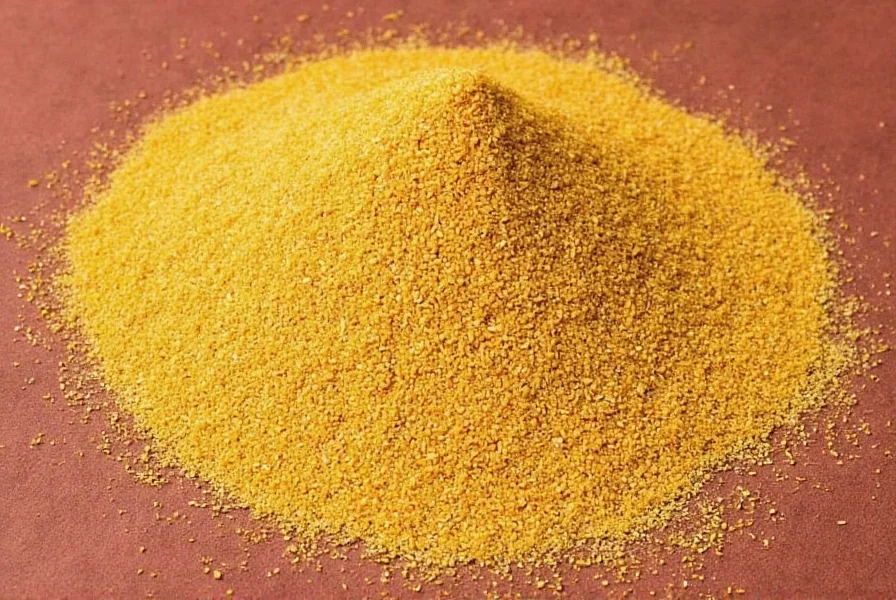
To Roast or Not to Roast?
One of the most debated topics among spice lovers is whether coriander seeds should be roasted. The answer depends on how you plan to use them:
- Roasted: Brings out a deep, aromatic flavor with a subtle smokiness. Perfect for grounding into masalas or adding to stews.
- Raw: Offers a brighter, fresher taste. Ideal for pickling or when combined with other raw ingredients like in salads.
To roast coriander seeds at home, simply heat a dry skillet over medium heat and toast them for 2–3 minutes until fragrant. Be careful not to burn them—they go from perfect to bitter quickly!
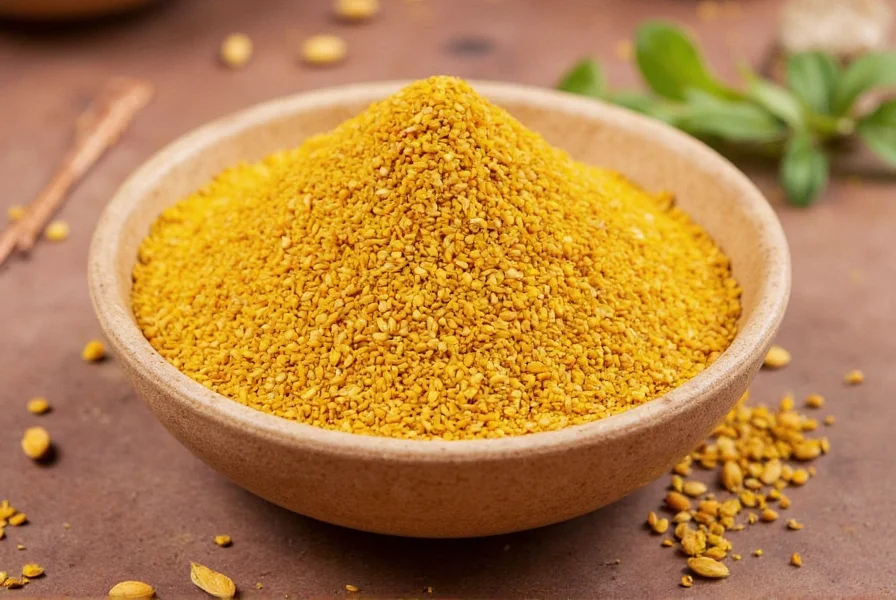
Buying Guide: How to Choose the Best Coriander Seeds
Not all coriander seeds are created equal. Here's a quick guide to help you select the best quality ones:
| Factor | Tips |
|---|---|
| Appearance | Look for plump, uniform seeds that are light brown and slightly shiny. |
| Aroma | Fresh coriander seeds should smell earthy and slightly citrusy. Avoid dull or musty-smelling ones. |
| Texture | The seeds should feel firm and not soft or crumbly. |
| Packaging | Opt for airtight containers or vacuum-sealed packets to preserve freshness longer. |
Recommended Products
- Organic Coriander Seeds – Mountain Rose Herbs
- Features: USDA certified organic, sustainably sourced
- Advantages: No additives, long shelf life, excellent aroma
- Use Cases: Cooking, tea blends, homemade spice mixes
- Target Audience: Health-conscious cooks and professional chefs
- Best For: Everyday use and culinary experimentation
- Whole Coriander Seeds – Simply Organic
- Features: Fair trade, ethically sourced, non-GMO
- Advantages: Strong aroma, consistent size, great value
- Use Cases: Pickling, baking, roasting
- Target Audience: Home cooks and small-scale bakers
- Best For: Beginners looking for quality without breaking the bank
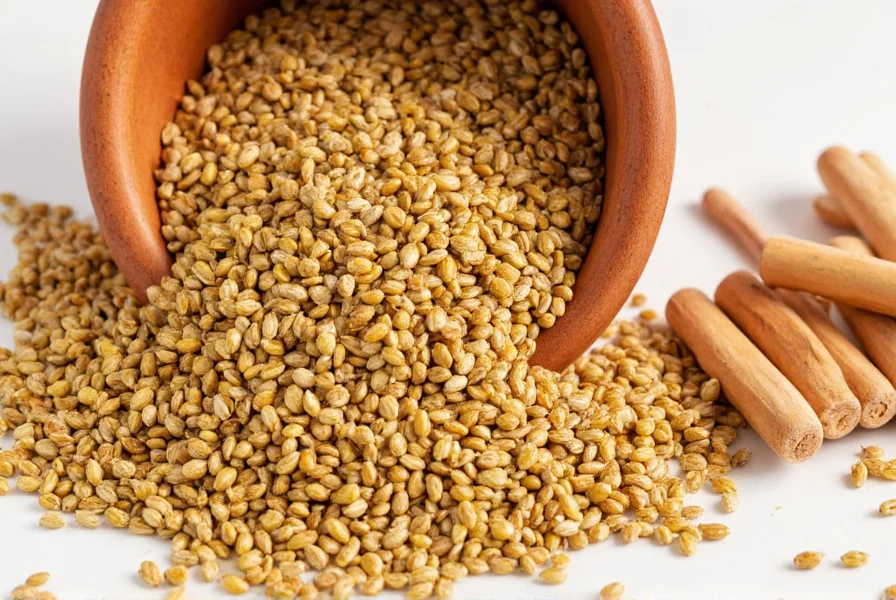

Storage Tips for Maximum Freshness
Proper storage is key to preserving the flavor and aroma of coriander seeds. Follow these tips to keep them tasting great:
- Store in an airtight container away from light and moisture.
- Keep in a cool, dark place like a pantry or spice drawer.
- For extended shelf life, refrigerate or freeze in a sealed bag.
- Grind only as much as needed—whole seeds retain flavor longer than powdered versions.
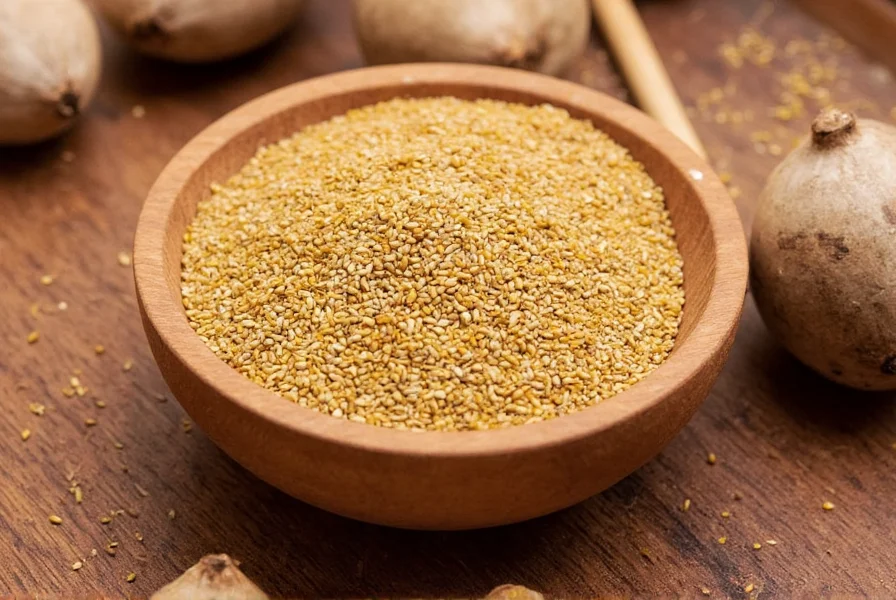
Coriander vs. Cumin: A Spicy Showdown
It's easy to confuse coriander seeds with cumin since they look somewhat similar and often appear together in recipes. Let's break down the differences:
| Feature | Coriander Seeds | Cumin Seeds |
|---|---|---|
| Color | Light brown | Dark brown to blackish |
| Flavor | Sweet, citrusy, floral | Strong, smoky, earthy |
| Texture | Smooth, slightly rounded | Longer, thinner with ridges |
| Common Uses | Curry powders, chutneys, pickles | Mexican dishes, garam masala, chili |
Next time you reach for those seeds, take a closer look—you might just avoid a flavor mishap!
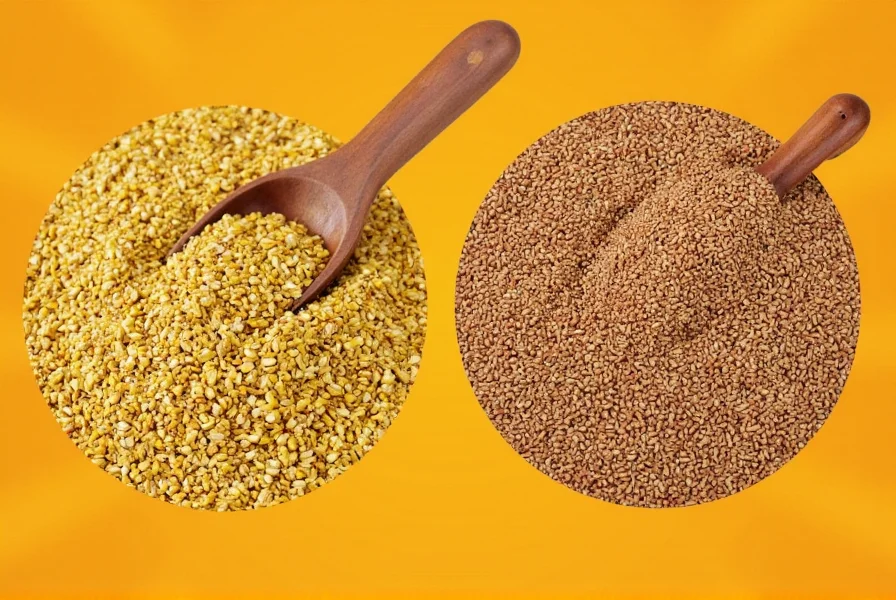
Frequently Asked Questions About Coriander Seeds
What exactly are coriander seeds?
Coriander seeds are the dried fruits of the Coriandrum sativum plant. They're technically seeds (not herbs), though they come from the same plant that produces cilantro leaves. These light brown, round seeds have been used for thousands of years across Asia, the Middle East, and Europe.
Are coriander seeds the same as dhaniya seeds?
Yes, coriander seeds are simply the Indian name for dhaniya seeds. "Dhaniya" is the Hindi word for coriander, so coriander seeds and dhaniya seeds refer to exactly the same spice.
What's the difference between coriander seeds and cilantro?
Coriander seeds come from the same plant as cilantro (Coriandrum sativum), but they're two different parts of the plant. Cilantro refers to the fresh leaves and stems, while coriander seeds are the dried fruit of the plant. They have completely different flavor profiles - cilantro is fresh and citrusy while coriander seeds are warm, earthy, and slightly sweet with citrus notes.
Should I roast coriander seeds before using them?
Roasting is recommended for most cooking applications as it brings out a deeper, more complex flavor. Toast them in a dry skillet for 2-3 minutes until fragrant. However, for pickling or fresh applications, raw seeds might be preferable for their brighter flavor.
How long do coriander seeds stay fresh?
When stored properly in an airtight container away from light and moisture, whole coriander seeds can stay fresh for 1-2 years. Ground coriander loses its potency much faster, typically within 6 months. For maximum shelf life, store them in a cool, dark place or even in the refrigerator.
Can I substitute coriander seeds with something else?
While no substitute perfectly replicates the unique citrusy, floral flavor of coriander seeds, you can try using a combination of cumin (for earthiness) and a bit of lemon zest (for citrus notes). However, for authentic flavor in Indian and Middle Eastern dishes, coriander seeds are difficult to replace.
Final Thoughts: Why You Should Never Skip Coriander Seeds
Coriander seeds may be small, but they pack a punch that elevates any dish. Whether you're making a traditional curry, experimenting with fusion cuisine, or brewing up a healing herbal tea, these seeds are a must-have in your kitchen arsenal. Their versatility, nutritional benefits, and rich cultural history make them more than just a spice—they're a celebration of flavor.
So next time you see coriander seeds on the label or in your spice rack, don't underestimate their potential. With a little knowledge and creativity, you can turn the humble coriander seed into something truly extraordinary.
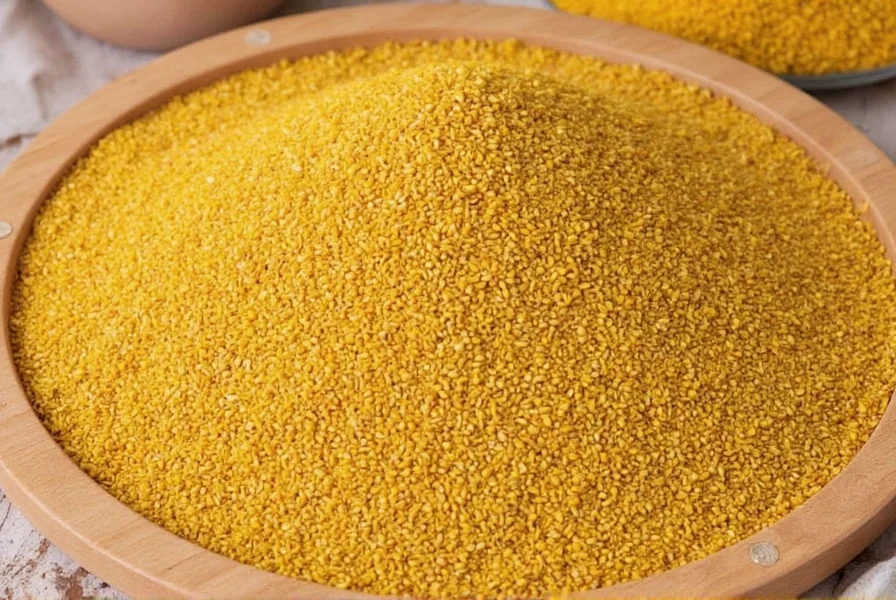
Got a favorite way to use coriander seeds? Share your tips and tricks in the comments below—we love hearing from fellow spice enthusiasts!

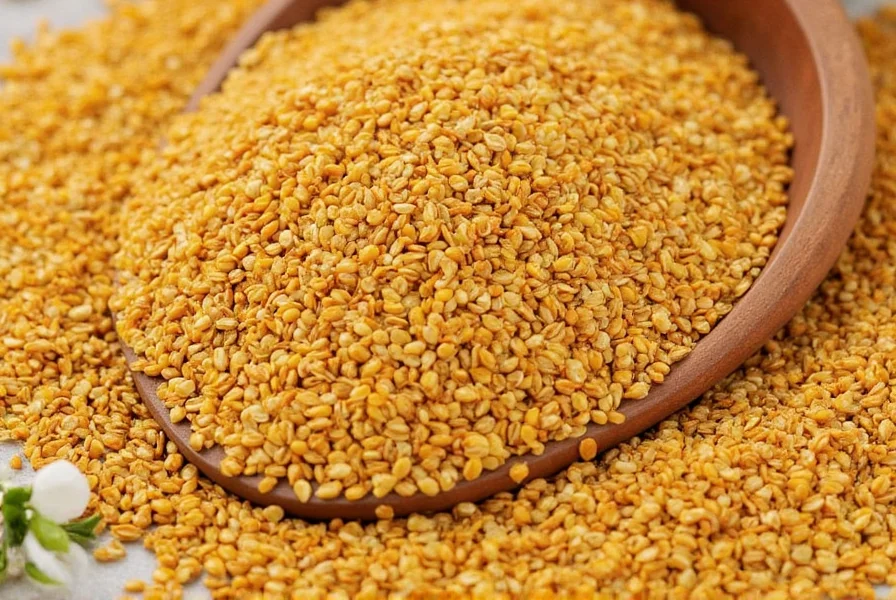









 浙公网安备
33010002000092号
浙公网安备
33010002000092号 浙B2-20120091-4
浙B2-20120091-4